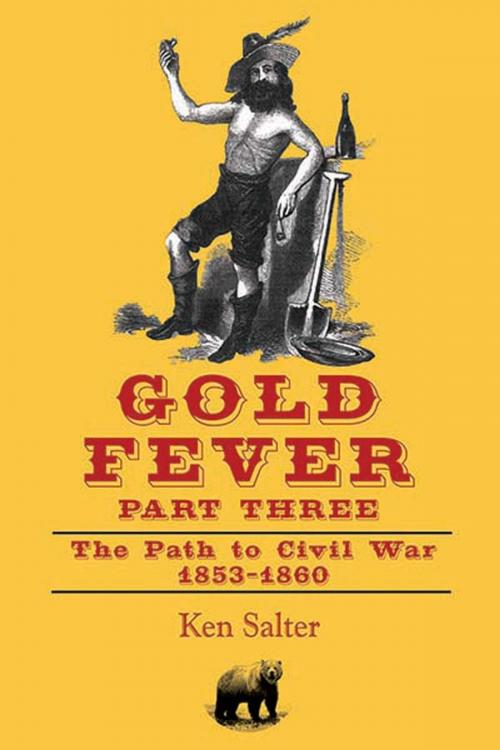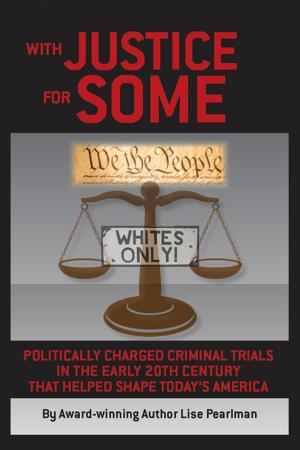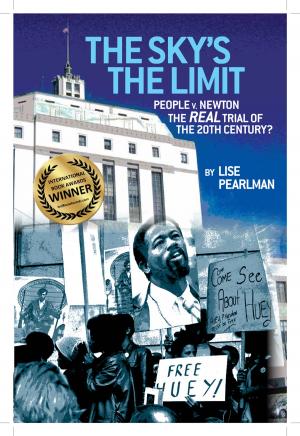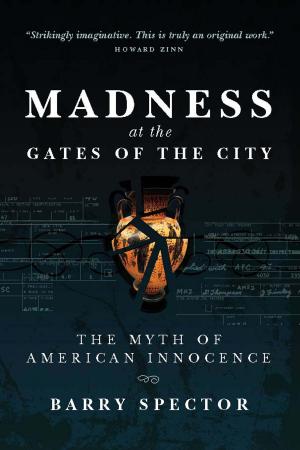GOLD FEVER Part Three
The Path to Civil War / California 1853-1860
Fiction & Literature, Westerns, Historical, Romance| Author: | Ken Salter | ISBN: | 9781587903601 |
| Publisher: | Regent Press | Publication: | February 15, 2017 |
| Imprint: | Regent Press | Language: | English |
| Author: | Ken Salter |
| ISBN: | 9781587903601 |
| Publisher: | Regent Press |
| Publication: | February 15, 2017 |
| Imprint: | Regent Press |
| Language: | English |
1853 begins with relative prosperity and calm for San Franciscans. More and more families from the United States and its Western Territories arrive weekly to settle in California and improve their lot. Foreign immigration, especially Chinese, French and German, continues at a brisk pace despite the limited gold left to seekers working the river gravels. It’s not long before the economy starts to slide into recession. Big banks and express companies aren’t to big to fail. Ships arrive weekly loaded with provisions and supplies for an economy that’s no longer booming. Oversupply of goods for sale leads to business failures; many competitors are forced to liquidate their stocks for pennies on the dollar by 1854. Many businesses are forced to close. Banks and express companies loaned heavily to mining companies, which can’t now repay their loans. This leads to the failure of Adams & Co., the large rival to Wells Fargo and Co., and other smaller banks and express companies follow suit. By the end of 1854 the whole state is in a severe recession. Crime rises with the hard times. Once again, armed criminals, desperados, and bandits ply their trade openly and rule the streets of San Francisco by night. Murders go unpunished and efforts to rein in gambling and prostitution fail due to a culture of cronyism and bribery. Southerners take advantage of the economic and political malaise gripping the state to advance their program to carve Southern California into a new state that allows slavery. California appears headed, like the nation, to a civil war over slavery once present and former slave owners are elected to key government and judicial offices in the state. Our story begins with Pierre and Manon preparing to build and operate a bilingual nursery and grammar school in these unsettled times. Can Manon’s high-end French restaurant remain profitable in this unpredictable environment? Can Pierre’s ambitious projects succeed? Will the anti-immigrant venom of the Know-Nothing political forces in California, which is directed at African slaves, Catholics, and the Chinese, extend to the French and other immigrants? Must San Francisco’s merchants and businessmen resort to a second Committee of Vigilance to control the criminal element sowing havoc in the city? And so the story resumes in these turbulent times.
1853 begins with relative prosperity and calm for San Franciscans. More and more families from the United States and its Western Territories arrive weekly to settle in California and improve their lot. Foreign immigration, especially Chinese, French and German, continues at a brisk pace despite the limited gold left to seekers working the river gravels. It’s not long before the economy starts to slide into recession. Big banks and express companies aren’t to big to fail. Ships arrive weekly loaded with provisions and supplies for an economy that’s no longer booming. Oversupply of goods for sale leads to business failures; many competitors are forced to liquidate their stocks for pennies on the dollar by 1854. Many businesses are forced to close. Banks and express companies loaned heavily to mining companies, which can’t now repay their loans. This leads to the failure of Adams & Co., the large rival to Wells Fargo and Co., and other smaller banks and express companies follow suit. By the end of 1854 the whole state is in a severe recession. Crime rises with the hard times. Once again, armed criminals, desperados, and bandits ply their trade openly and rule the streets of San Francisco by night. Murders go unpunished and efforts to rein in gambling and prostitution fail due to a culture of cronyism and bribery. Southerners take advantage of the economic and political malaise gripping the state to advance their program to carve Southern California into a new state that allows slavery. California appears headed, like the nation, to a civil war over slavery once present and former slave owners are elected to key government and judicial offices in the state. Our story begins with Pierre and Manon preparing to build and operate a bilingual nursery and grammar school in these unsettled times. Can Manon’s high-end French restaurant remain profitable in this unpredictable environment? Can Pierre’s ambitious projects succeed? Will the anti-immigrant venom of the Know-Nothing political forces in California, which is directed at African slaves, Catholics, and the Chinese, extend to the French and other immigrants? Must San Francisco’s merchants and businessmen resort to a second Committee of Vigilance to control the criminal element sowing havoc in the city? And so the story resumes in these turbulent times.















